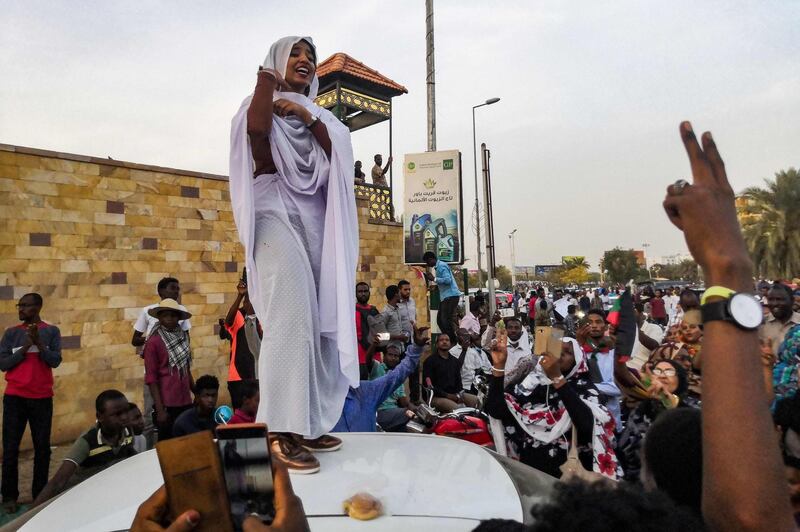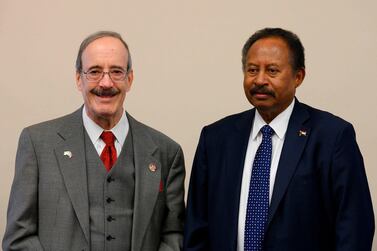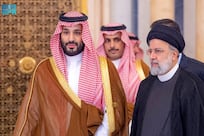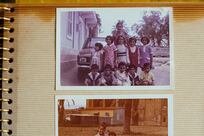This time last year, it would have been unthinkable that a newly reformed Sudan would be heading towards a peaceful election process, with many of its oppressive laws overturned and the dictator who ruled the country with an iron fist for nearly 30 years behind bars. Yet in just 12 months, the country has undergone a remarkable transformation. Exactly one year ago, the hike in bread prices caused thousands of people to pour onto the streets, triggering a process that saw the toppling of Omar Al Bashir and largely peaceful negotiations resulting in the appointment of Abdalla Hamdok as interim prime minister, at the helm of the transitional Sovereignty Council, giving equal voice to opposition factions.
Economist Mr Hamdok has been at pains to overhaul the crippled economy and has been rewarded for his efforts by being embraced by the international community. Washington has dispatched an ambassador to Khartoum for the first time in more than two decades in a thawing of relations marked this month by the signing of a mobile banking deal between Sudan’s Nile Bank and the US software firm Oracle Corp. Meanwhile Al Bashir was sentenced to two years in prison for corruption on Saturday, the sight of his hunched figure in a metal cage marking just how far Sudan has come.
As Sudan hastens towards peace and a new dawn, its changing fortunes are mirrored to its south. Transformation has been somewhat slower in volatile South Sudan, whose civil war has claimed the lives of tens of thousands and seen 4.4 million people displaced since its secession from Sudan in 2011. But this week has seen equally remarkable events taking place on both sides of the border. Following a fragile peace deal struck in September last year between South Sudan president Salva Kiir and his former deputy-turned-rebel-leader, Riek Machar, in which they agreed to share power and end years of bloodshed, the two men have now agreed to form a transitional unity government. The joint administration is more than a year late in the making, with both sides blaming the other for failing to seal the deal in 2018. Both sides have yet to agree on how to combine their violently opposed factions, where regional borders should lie or the terms of the agreement, while violence has continued.
Earlier this month, 79 people were killed and more than 100 injured in intercommunal clashes; livelihoods have also been affected by severe flooding, which has taken its toll on agriculture and claimed 280 lives. But significantly, Mr Kiir and Mr Machar have committed to pushing ahead with forging a joint administration by February next year, even if they fail to resolve their differences.
Both Sudan and South Sudan stand at the cusp of great opportunity, which could have repercussions for their citizens and wider regional stability for years to come. Sudan is on the right track to return power to its people, with elections scheduled in three years, a drive to weed out corruption and many of its archaic systems overturned. It has yet to be removed from the US’s list of state sponsors of terrorism; doing so will undoubtedly be a boost to its economy and invite international investment. Meanwhile South Sudan stands at a precarious tipping point. Its power-brokers have already missed two deadlines to form a government; missing another could see it being submerged in a civil war once again. It behoves its leaders to put aside their animosities and self-interest to put their people first. As both countries enter a new era in their fragile peace processes, their shared emergence from a very recent, violent past should give both the impetus to forge strong institutions that serve their citizens first, a prospect that can only have a positive ripple effect on stability in the region.
As Dr Anwar Gargash, UAE Minister of State for Foreign Affairs, said recently, Sudan now has the opportunity to become a model of success for other nations in the region. It is time for one of the Arab League’s weakest countries to effect long-lasting change and become a beacon of hope for its neighbours.






